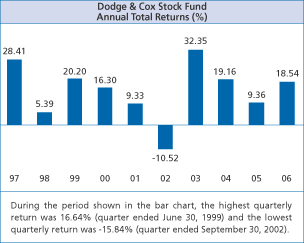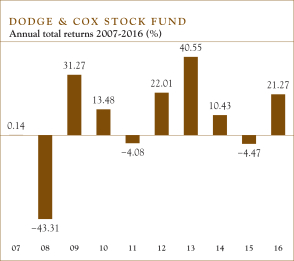It looks like you're new here. If you want to get involved, click one of these buttons!
When the cause of that decline is laid (in part) at the foot of VPMAX, there's more wrong than just the gauge.When a fund house (VG) can tumble from #3 to #43 in a year there’s something wrong with the gage being used.
At the end of 2020, the fund had $70B in assets (per quarterly filing), so its weighting didn't change much.Vanguard's drop occurred, in part, because of weaker relative performance in two of its three biggest funds, the $72 billion Vanguard PrimeCap (ticker: VPMAX) and the $59 billion Vanguard International Growth (VWILX).
Thanks for the nice summation. Being “down a bit” comes with the territory if you’re invested for capital appreciation / growth. I don’t mind being down a few % some years. Limiting losses is about the best one can hope for unless you go into cash or some types of fixed income. In 2008 I lost 21%. Hurt a bit. But time horizon was much longer then and made it up in subsequent years. Situation much different today. Age forces some of us to take less risk and protect against double-digit losses.@hank, sorry about the confusing title.
She questioned the possibility of recession. Given the last quarter's GDP of over 4%, it has to get much worse to go negative. She mentioned high inflation but did not elaborate consequences.
As for us, changes were made last year. They are bearing fruits now: rotated from growth to value funds (both US and oversea), added precious metal and commodity funds, moved bond funds to short duration bonds and TIPS, and cash. Otherwise, our portfolio is down modestly. Considering the market condition, it would be down even more.
https://www.investmentnews.com/target-date-glide-paths-are-unstable-at-some-major-plan-providers-37617“In 2008 and 2009, there was increased interest in adjusting our glide path more conservatively,” said Jerome Clark, portfolio manager of T. Rowe Price’s retirement funds. “We avoid making glide path changes based upon short-term market environments, which is consistent with the message we communicate to our investors to stay the course when markets swing to extremes.”
https://riabiz.com/a/2013/9/27/after-a-lot-of-flak-fidelity-investments-does-a-study-and-pledges-to-change-how-it-manages-its-170-billion-of-target-date-fundsStill, it is notable that as of Aug. 22, [2013] T. Rowe Price launched new funds that recognize that some investors are more risk averse as a complement its core T. Rowe Price Retirement Funds, which had $88.1 billion in assets as of March 31.
https://www.prnewswire.com/news-releases/t-rowe-price-adds-retirement-blend-funds-to-target-date-lineup-301343055.html
- The Retirement Blend Fund series is designed for investors who prefer a single, simplified, professionally managed solution for retirement investing and who want an approach that marries the benefits of active and passive investment styles, including placing a greater emphasis on managing overall cost.
- The Retirement Blend strategy has been in place at T. Rowe Price since 2018 but it was previously available only in the collective investment trust format. This mutual fund series extends the firm's Retirement Blend approach to a wider range of investors for whom a mutual fund is the preferred or most appropriate vehicle.
- The Retirement Blend Funds use the enhanced glide path and the same diversification and tactical asset allocation as T. Rowe Price's existing Retirement series of target date portfolios.
Victory Capital supports USAA members with USAA Mutual Funds



© 2015 Mutual Fund Observer. All rights reserved.
© 2015 Mutual Fund Observer. All rights reserved. Powered by Vanilla